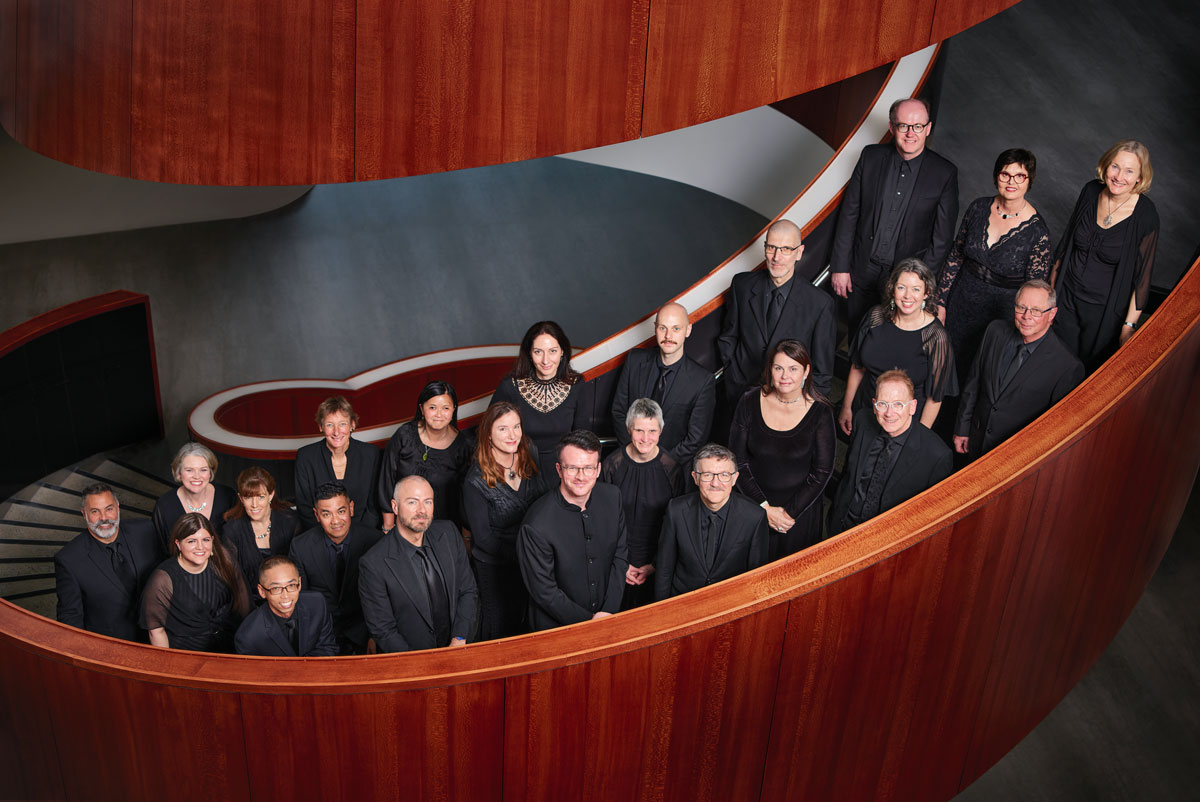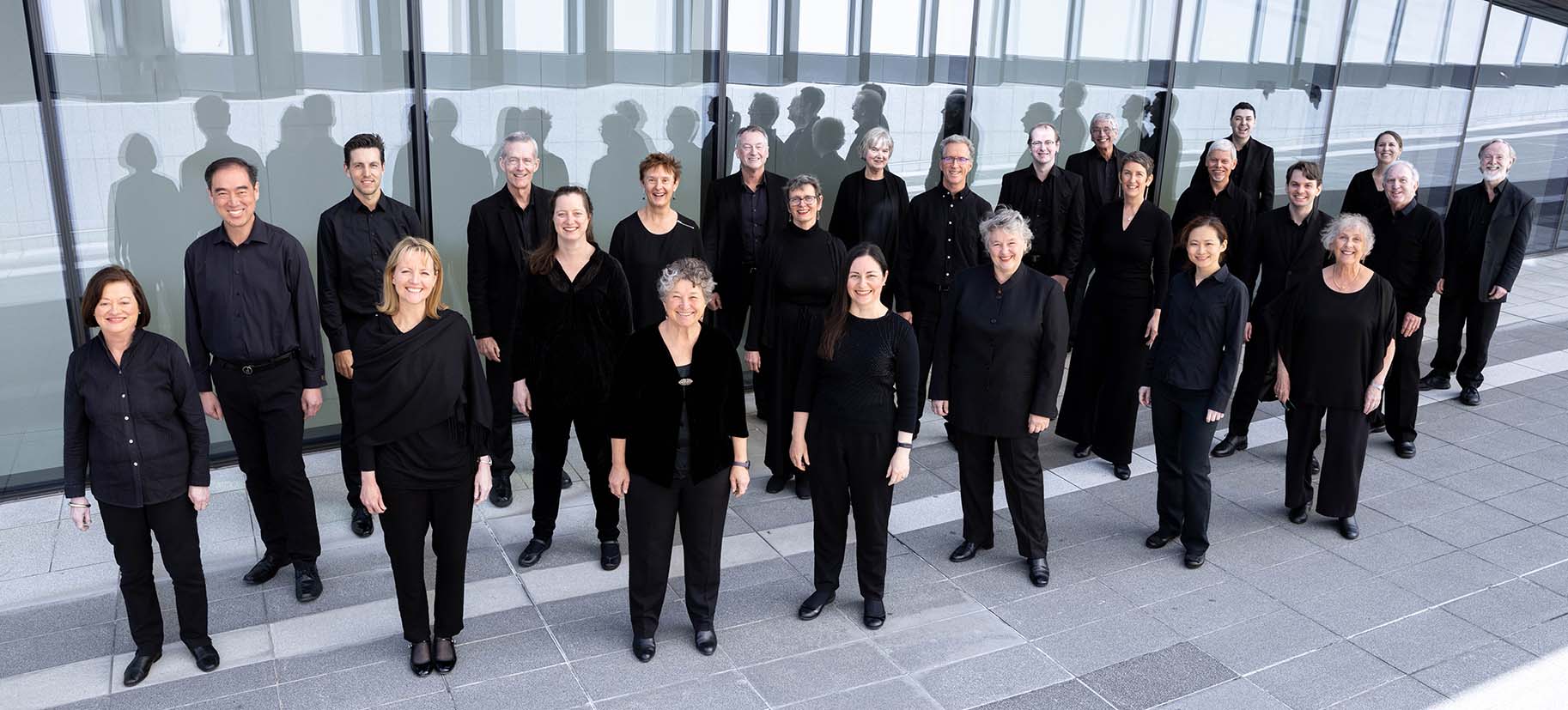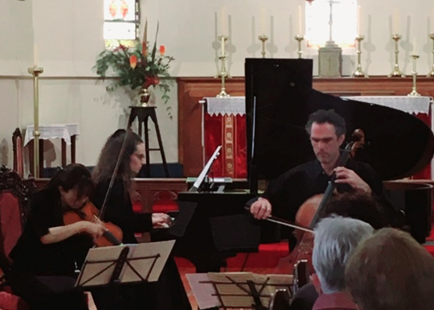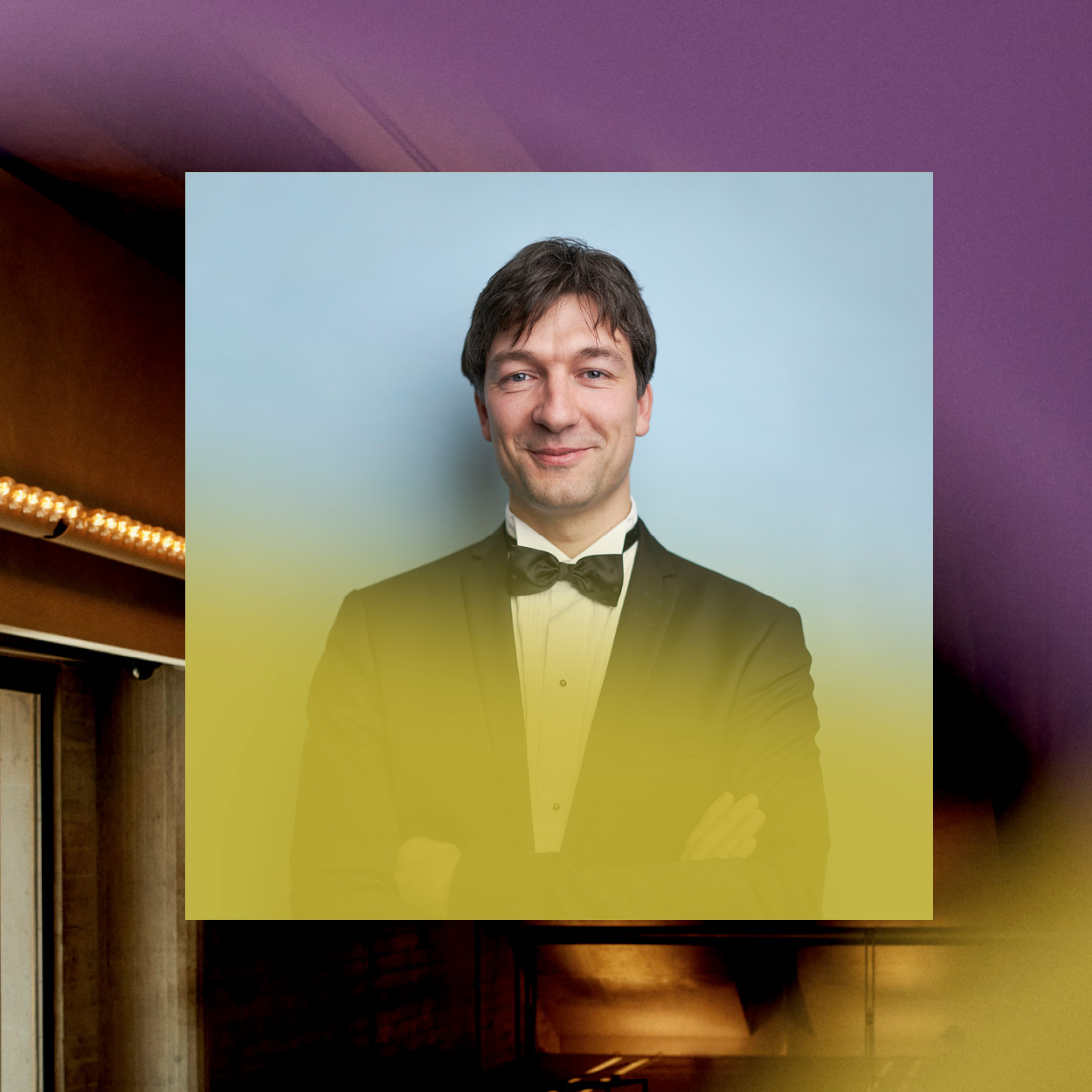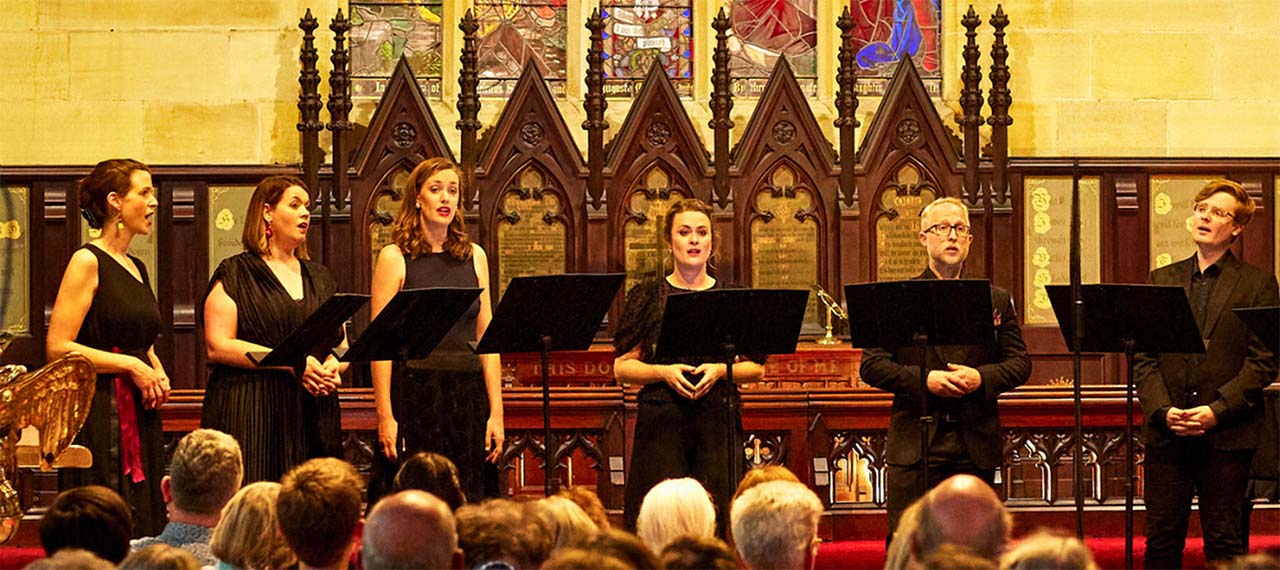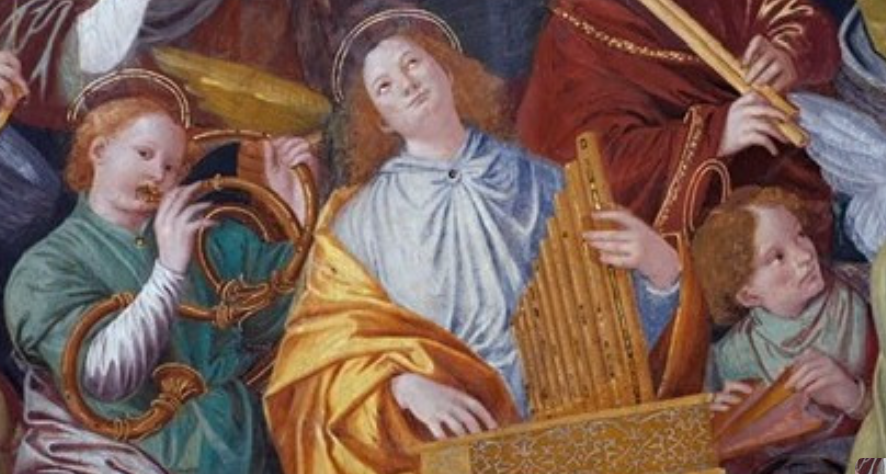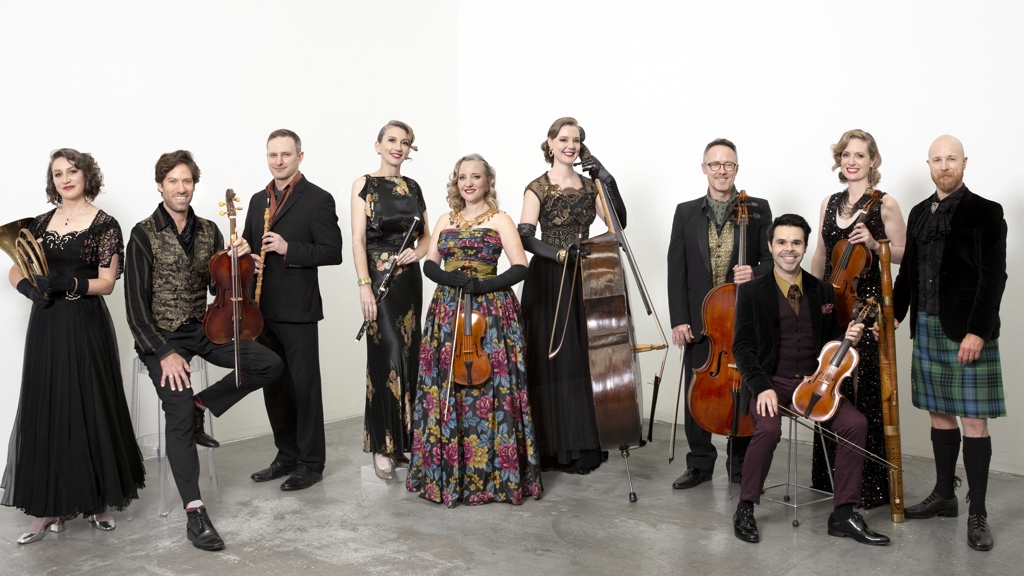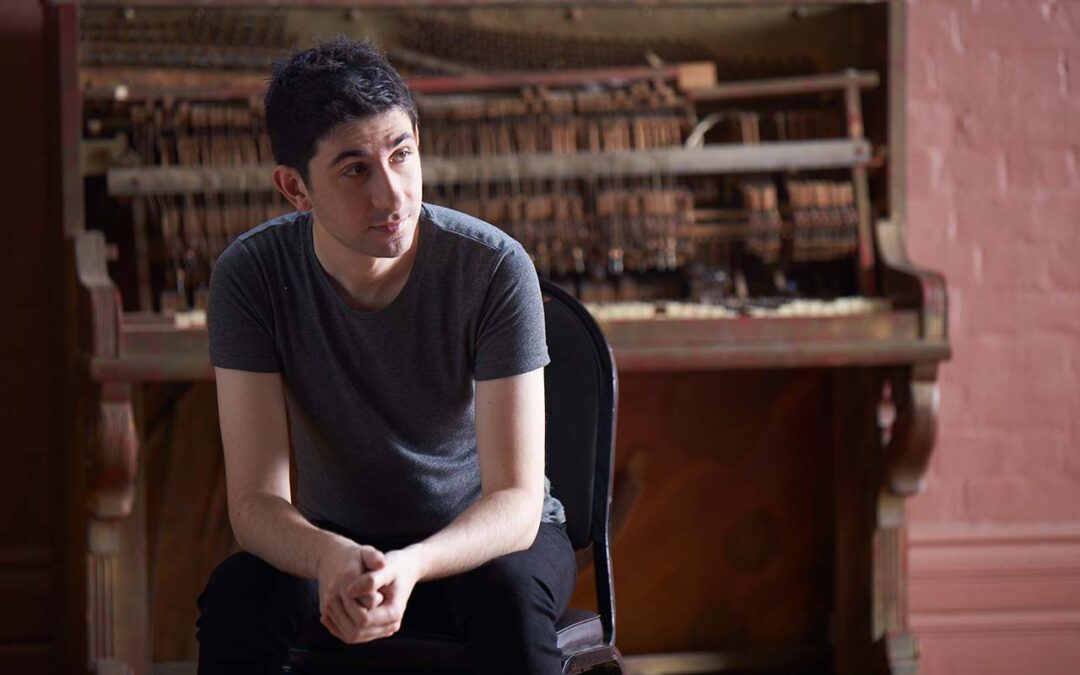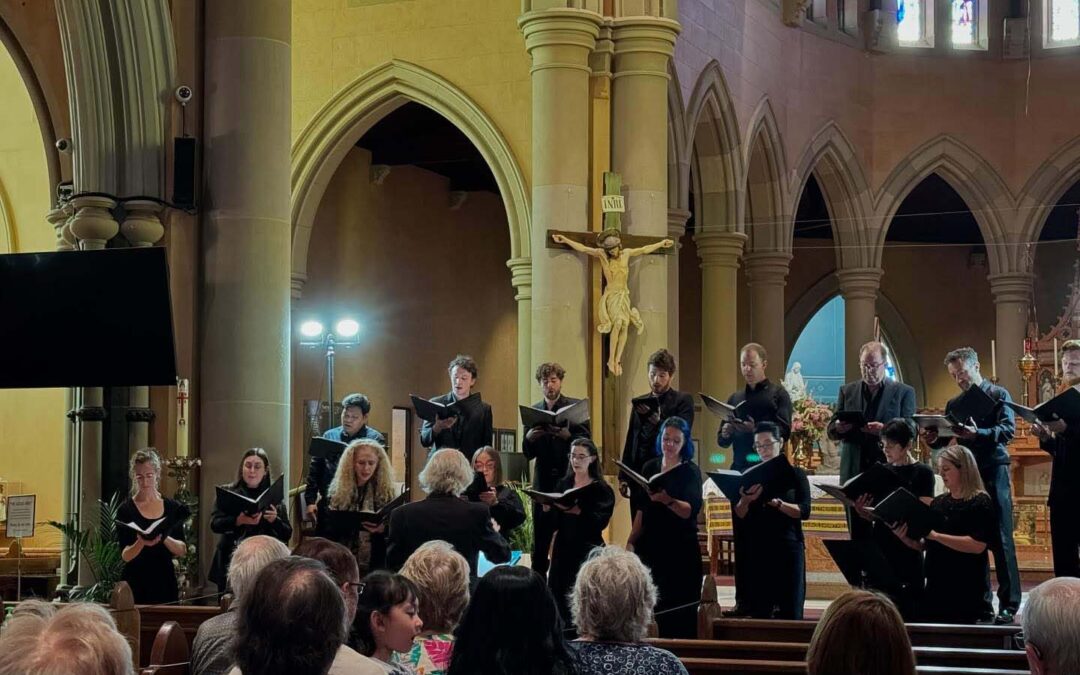On a cool overcast Sunday afternoon in Sydney, the Australian Haydn Ensemble, a leading period instrument group established in 2012, gave its final concert for 2019 under the guest directorship of well-known Baroque violinist, Midori Seiler, one of four sisters who are all professional string players.
The concert began with Mozart’s Symphony No. 33 in B flat major, K319, a chamber-like symphony scored only for strings, oboes, bassoon, and horns. It originally consisted of 3 movements like his earlier symphonies but a Minuet was later added. The fanfare-like opening heralded the start of the first movement where dramatic changes of rhythm and dynamics contrasted with the warm lyrical Andante second movement. The interpolated Minuet with its charming Ländler-like Trio followed, the work finishing with an energetic driving Finale.
Haydn’s Violin Concerto No. 1 in C major, Hob.VIIa/1, probably dedicated to Luigi Tomasini, the concertmaster of his Esterhazá Court orchestra, is in the Italian three-movement concerto tradition of Vivaldi and scored only for string orchestra. The first movement featured clean crisp double-stopping from the soloist, Seiler, and an attractive dotted figuration throughout contributed to the spirited orchestral part. The second movement, aptly described in the program notes as “a sweetly sorrowful song-like Adagio”, was beautifully played by Seiler, accompanied by pizzicato strings. A short meditative cadenza led into the challenging triple-time Finale: Presto that featured virtuosic rapid string crossing, circular bowing, and use of spiccato.
After Interval, Seiler returned as soloist in Mozart’s Violin Concerto No. 2 in D major, K211. This elegant work was played most delicately by both the soloist and orchestra. In the first movement’s opening tutti, contrasting themes were introduced, later used to provide support while, at other times, to converse with the soloist. The sentimental sedate aria-like Andante featured Seiler accompanied mainly by the upper strings. The final movement, a Rondeau with a repeating subject, showcased Seiler’s technical prowess and the different sections of the orchestra through its changing accompaniments.
Haydn’s Symphony No. 80 in D minor, Hob.1:80, was scored for strings, flute, oboes, bassoon, and horns. In the first movement Allegro spiritoso, the urgent dramatic first subject yielded to a waltz-like second subject in typical Sturm und Drang fashion, involving both rhythmic and dynamic contrast. The second movement in a major key was played with tender emotion, the Menuetto back in the minor was of an unusually severe nature, and the dashing Finale: Presto featured plenty of syncopations which the string players clearly enjoyed.
The large audience was treated to an encore by Seiler and the Australian Haydn Ensemble, which has rapidly developed into a world-class group of musicians of historically informed performance practice, specialising in music of the late Baroque and early Classical periods.
Thoughts about:
![]()
![]()





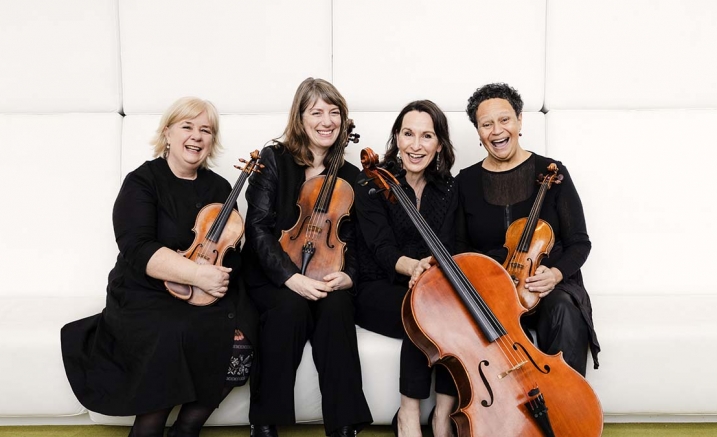


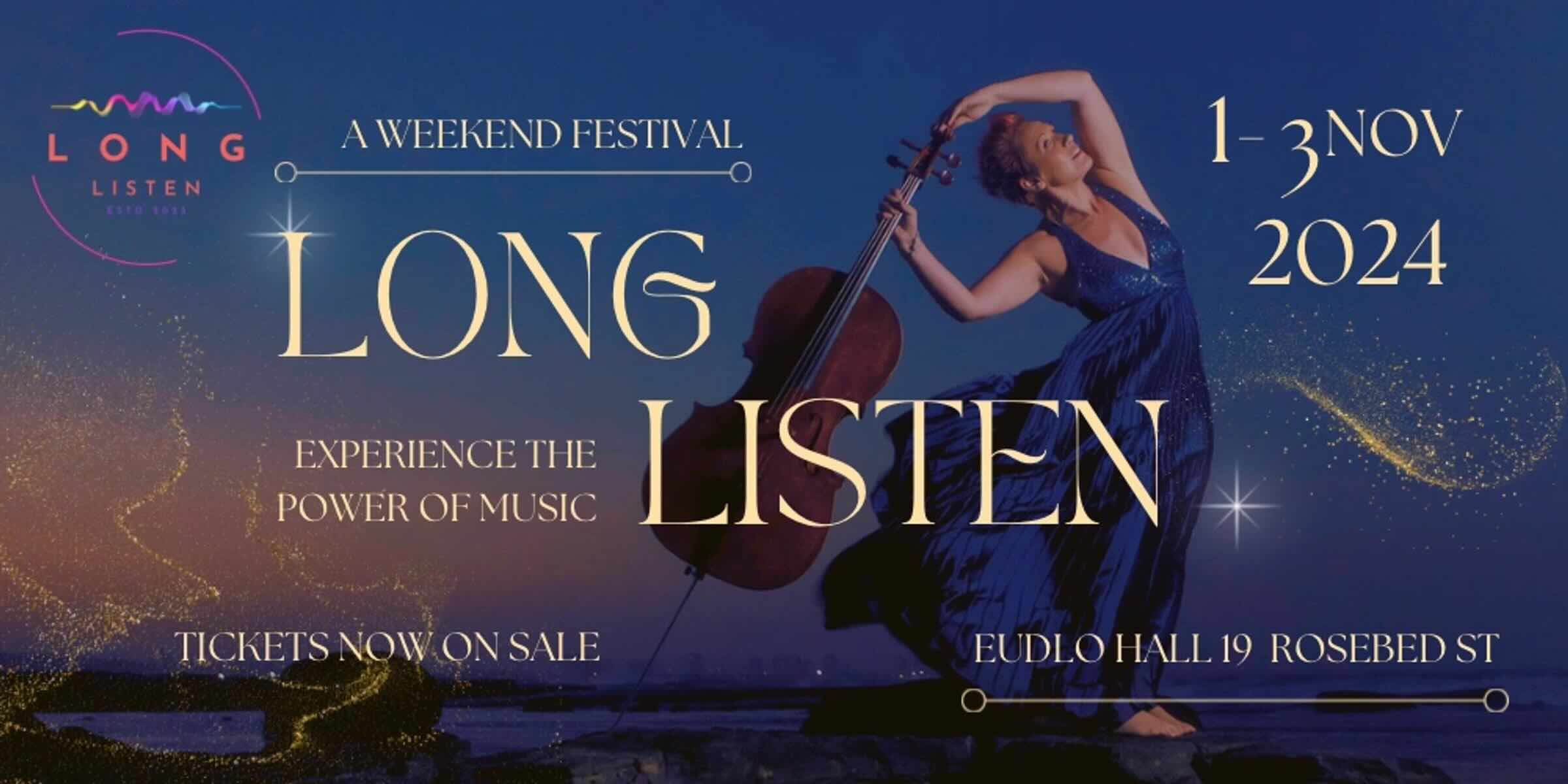
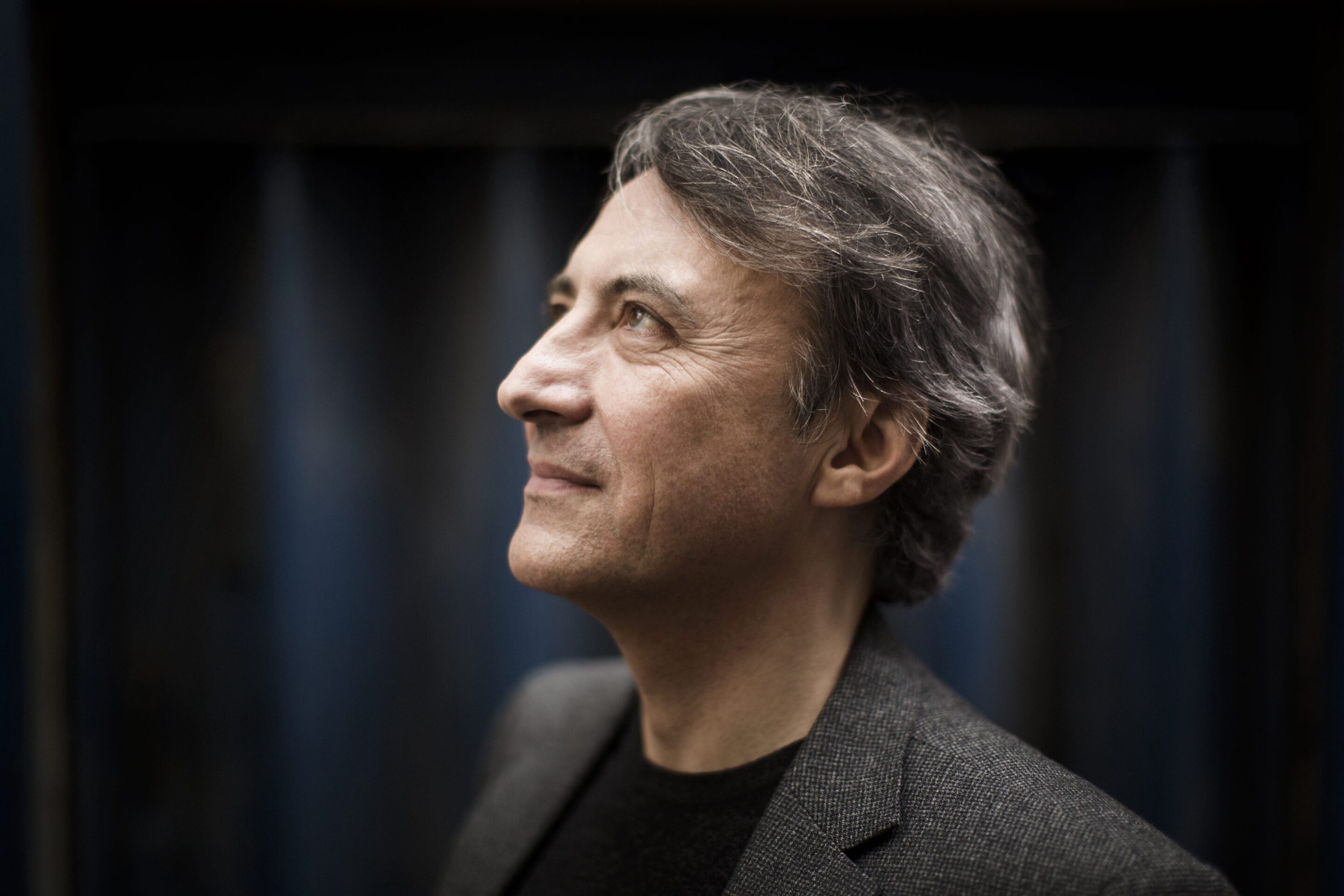

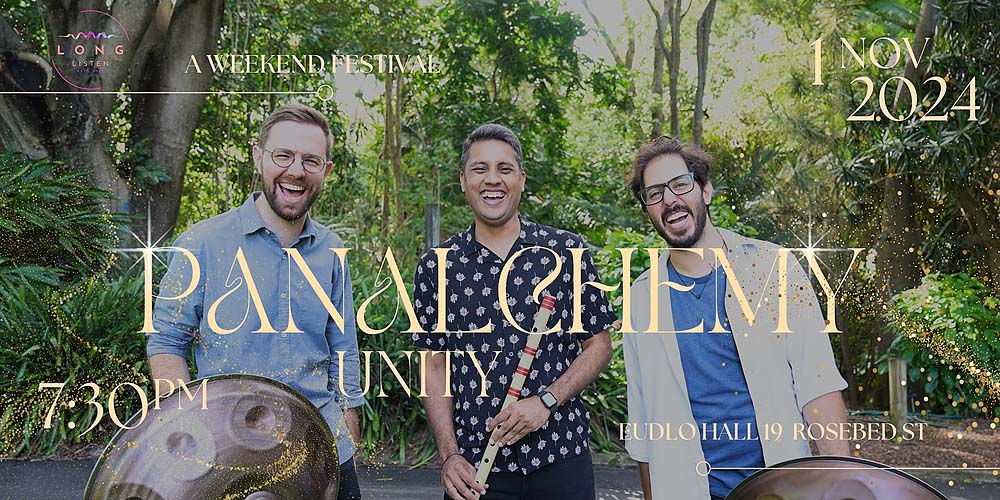

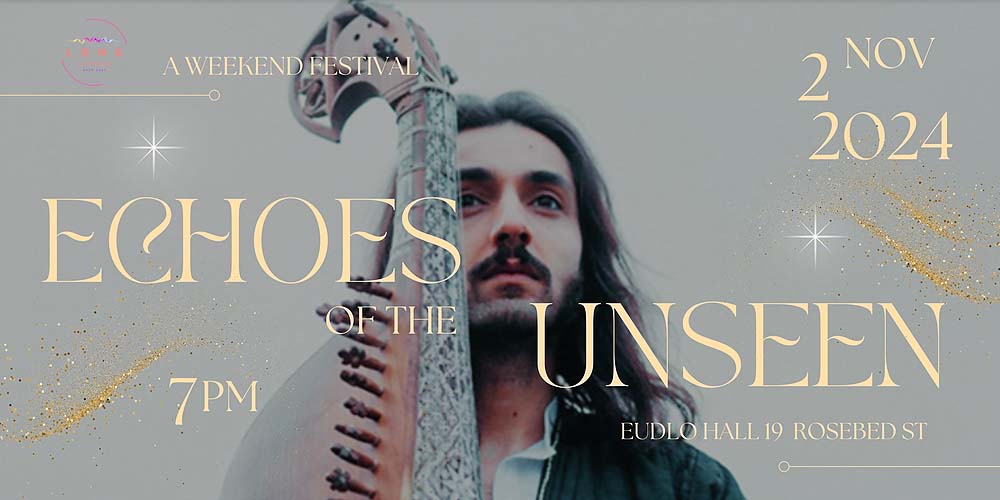
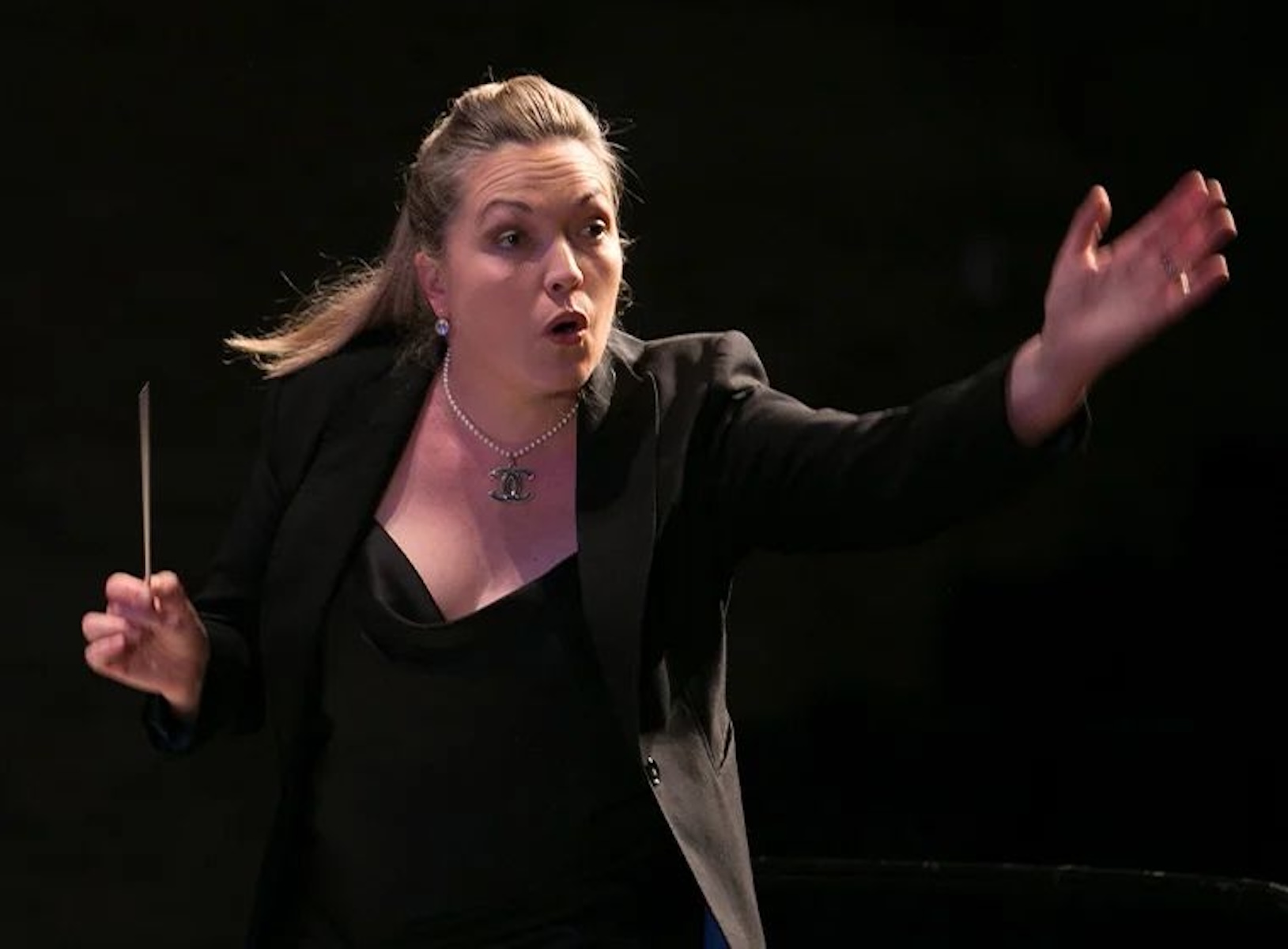
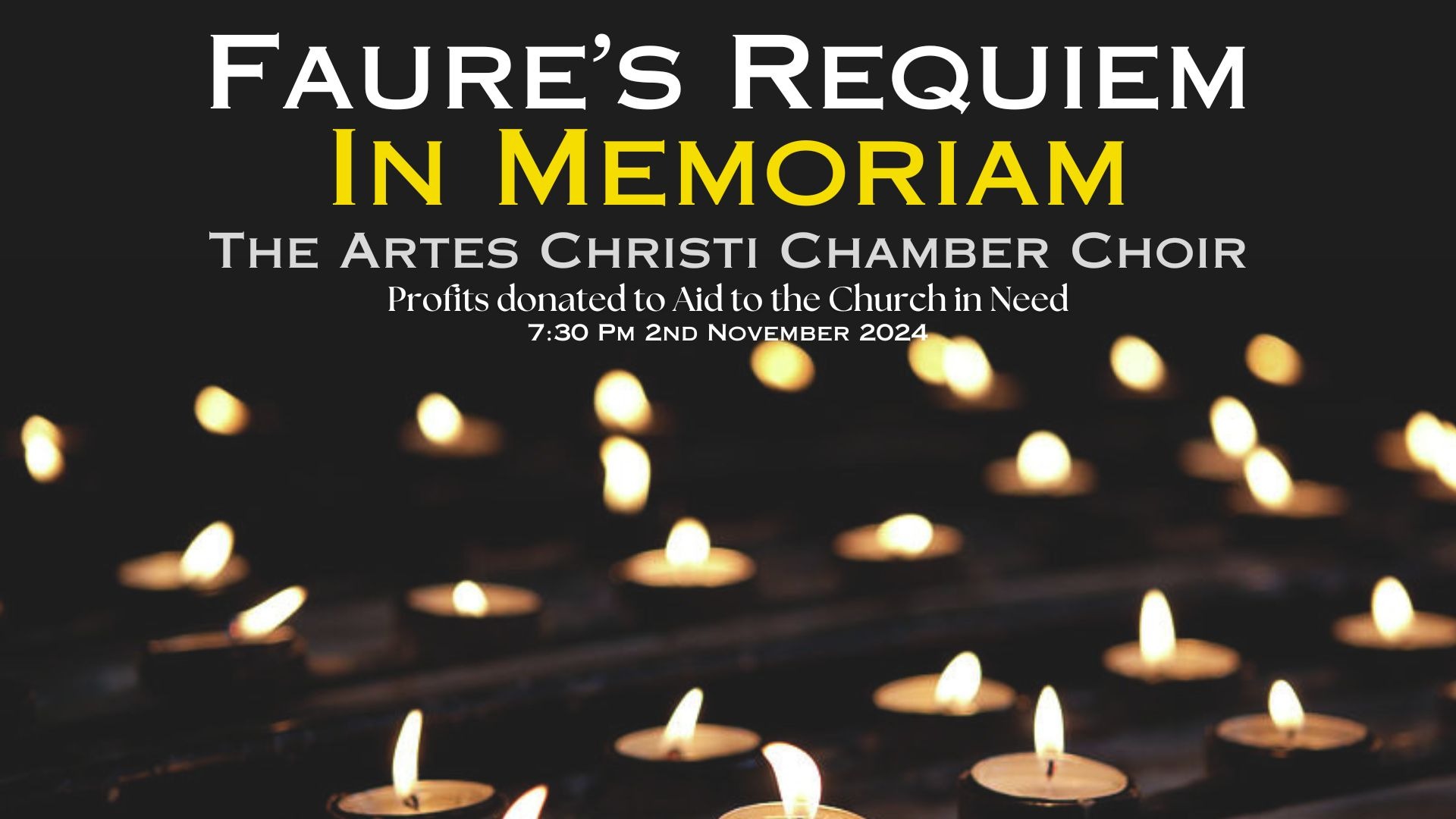
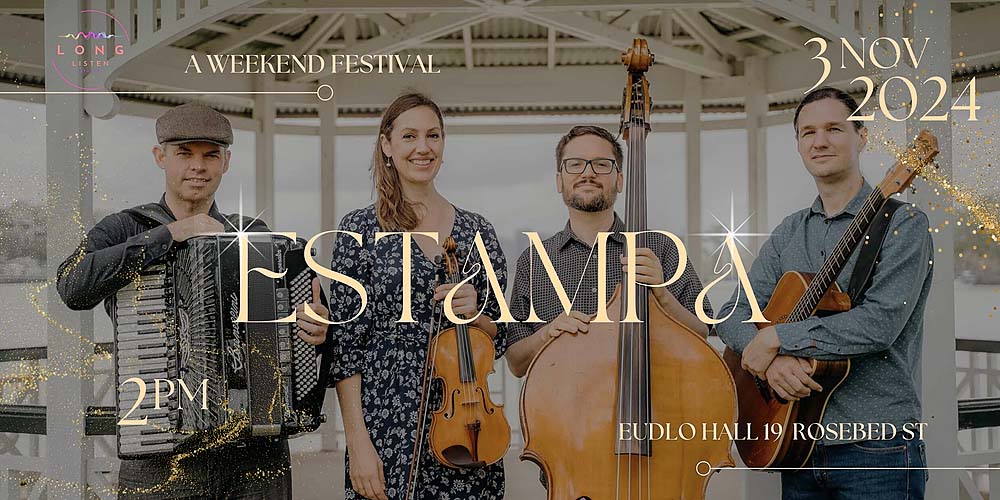

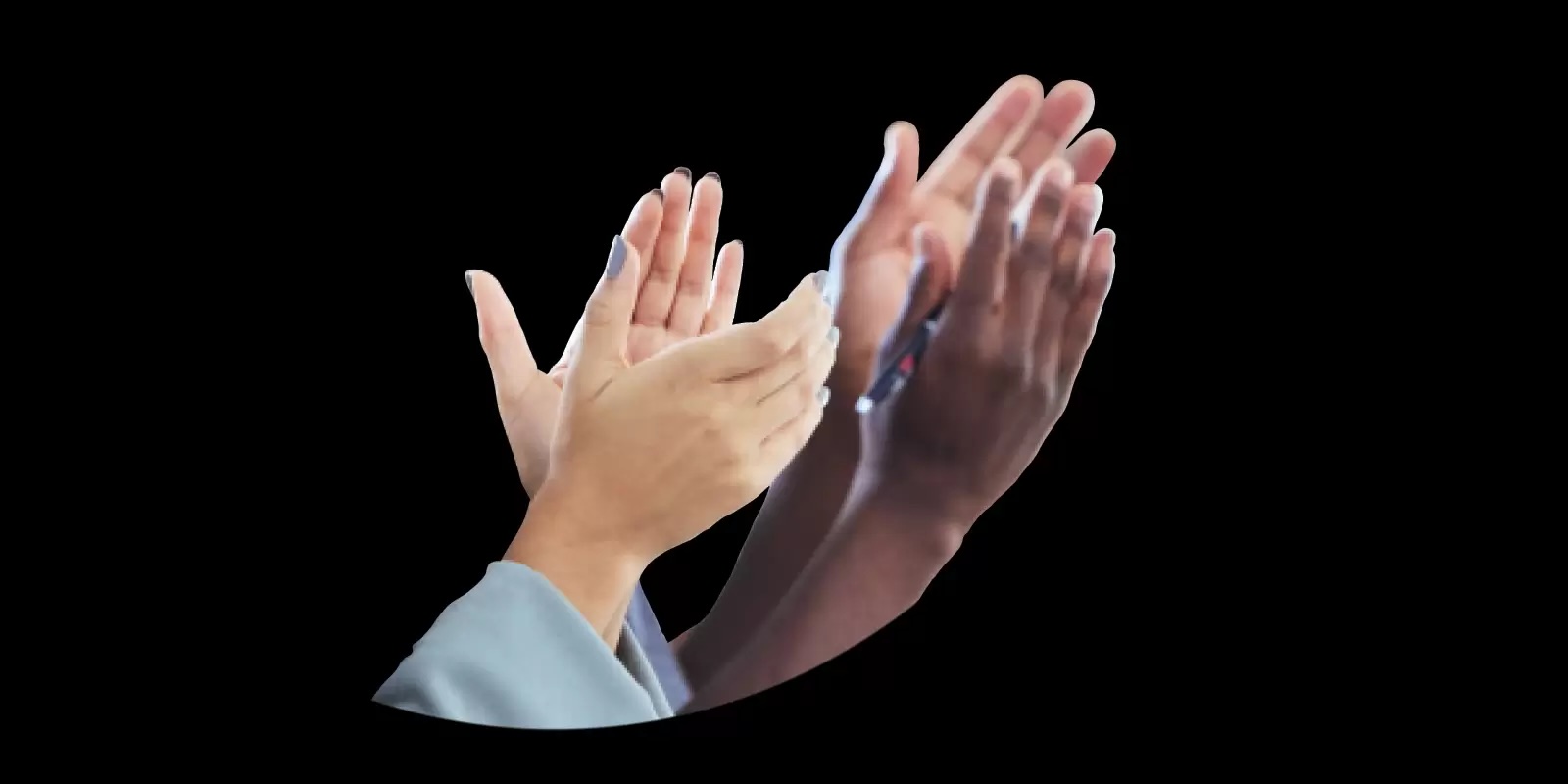



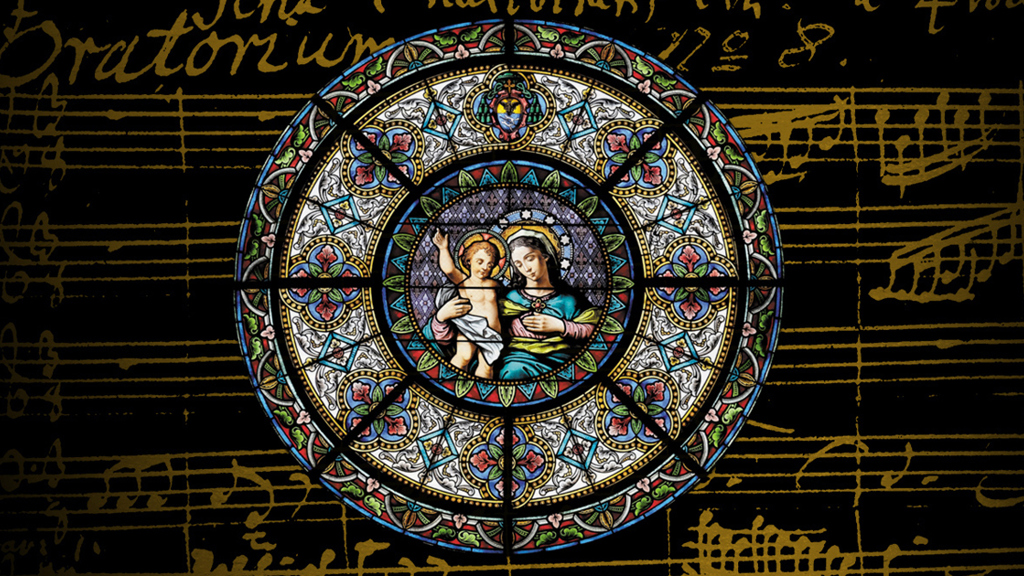
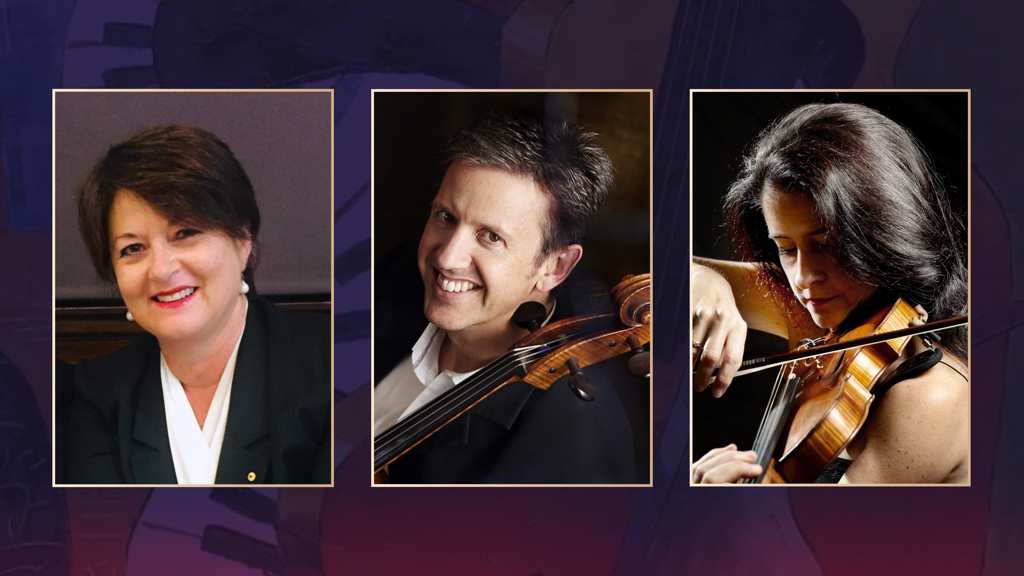

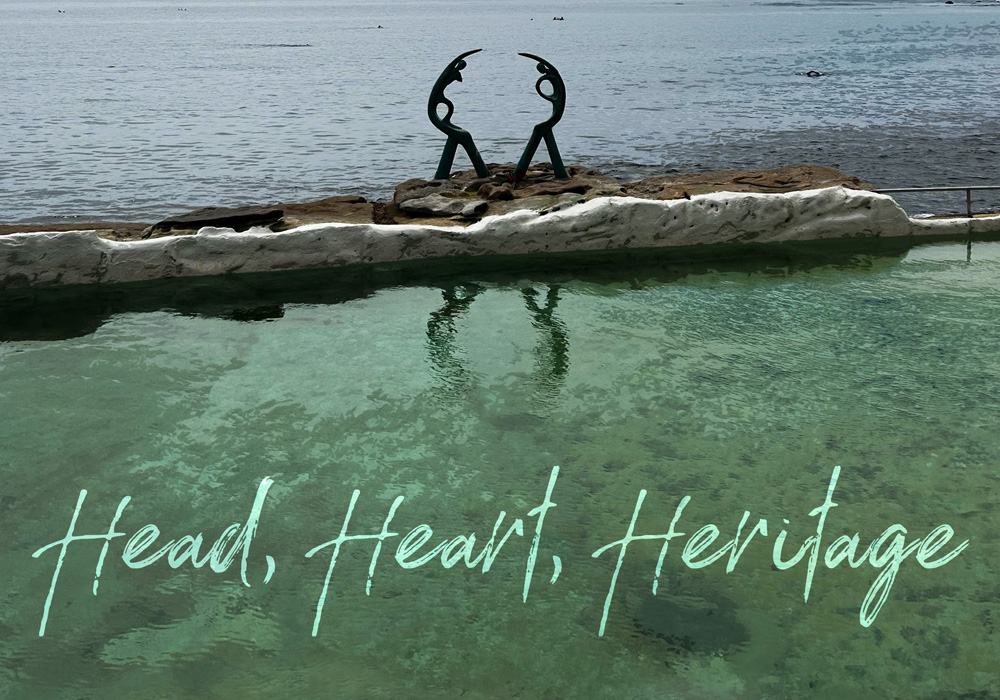
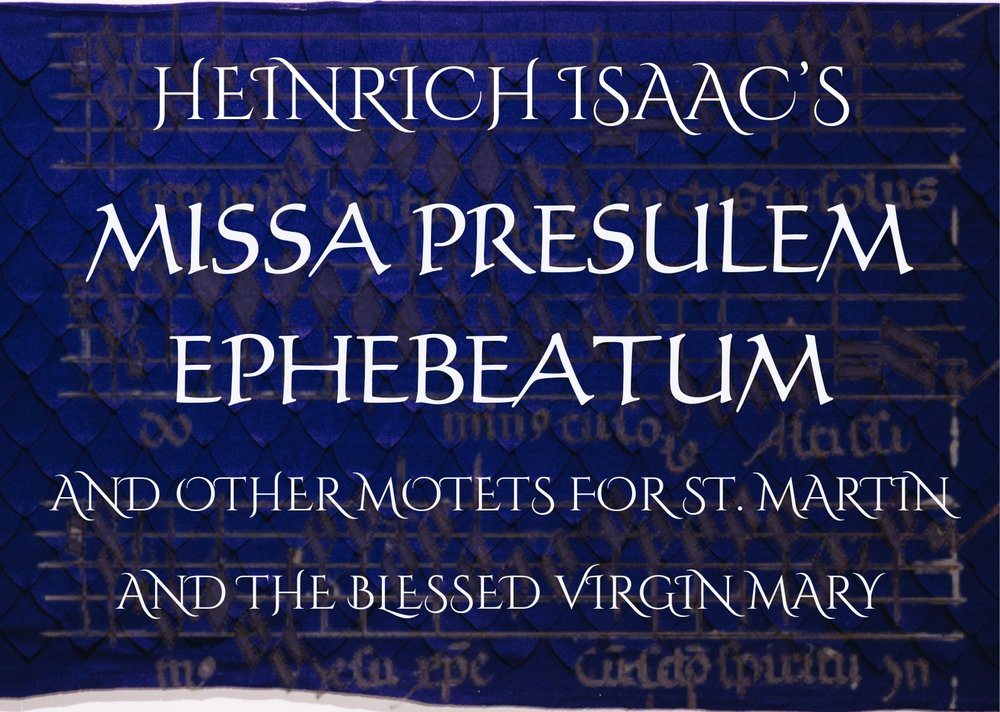

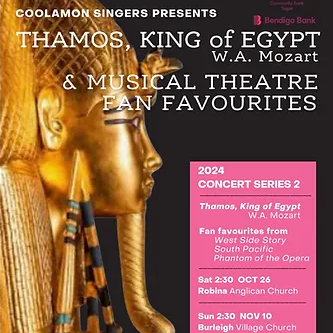
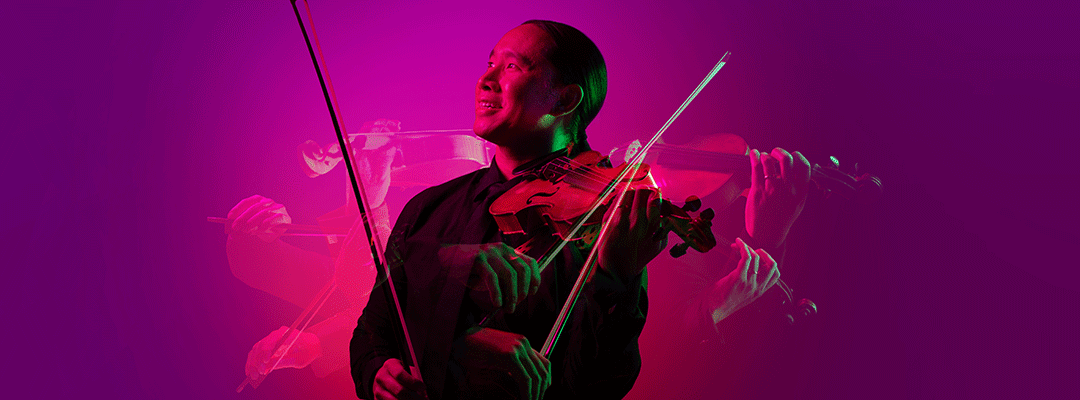


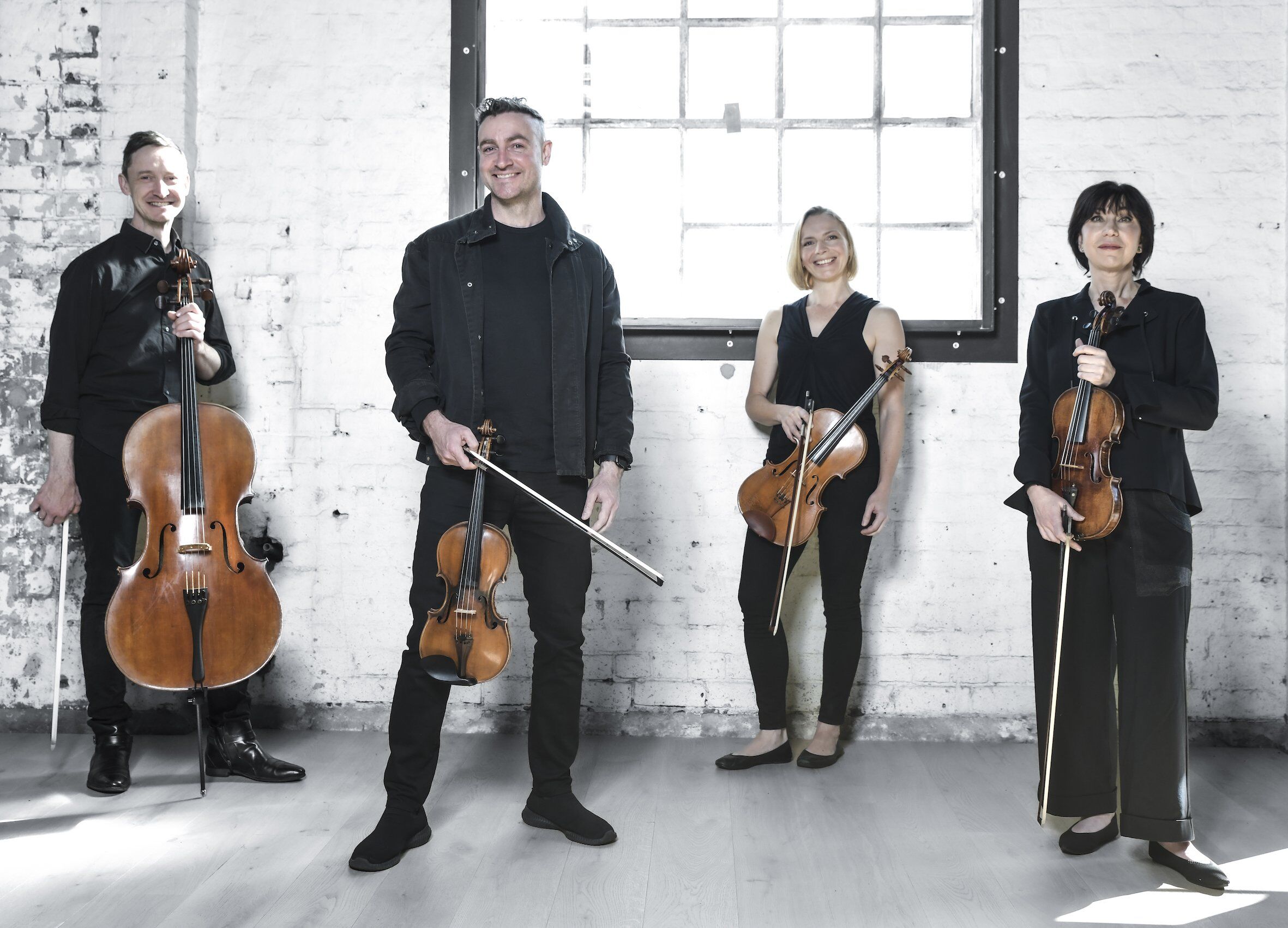

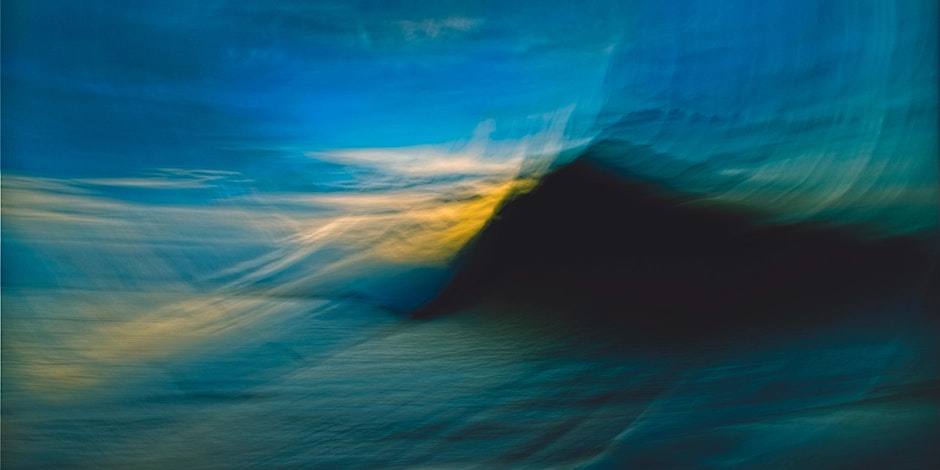



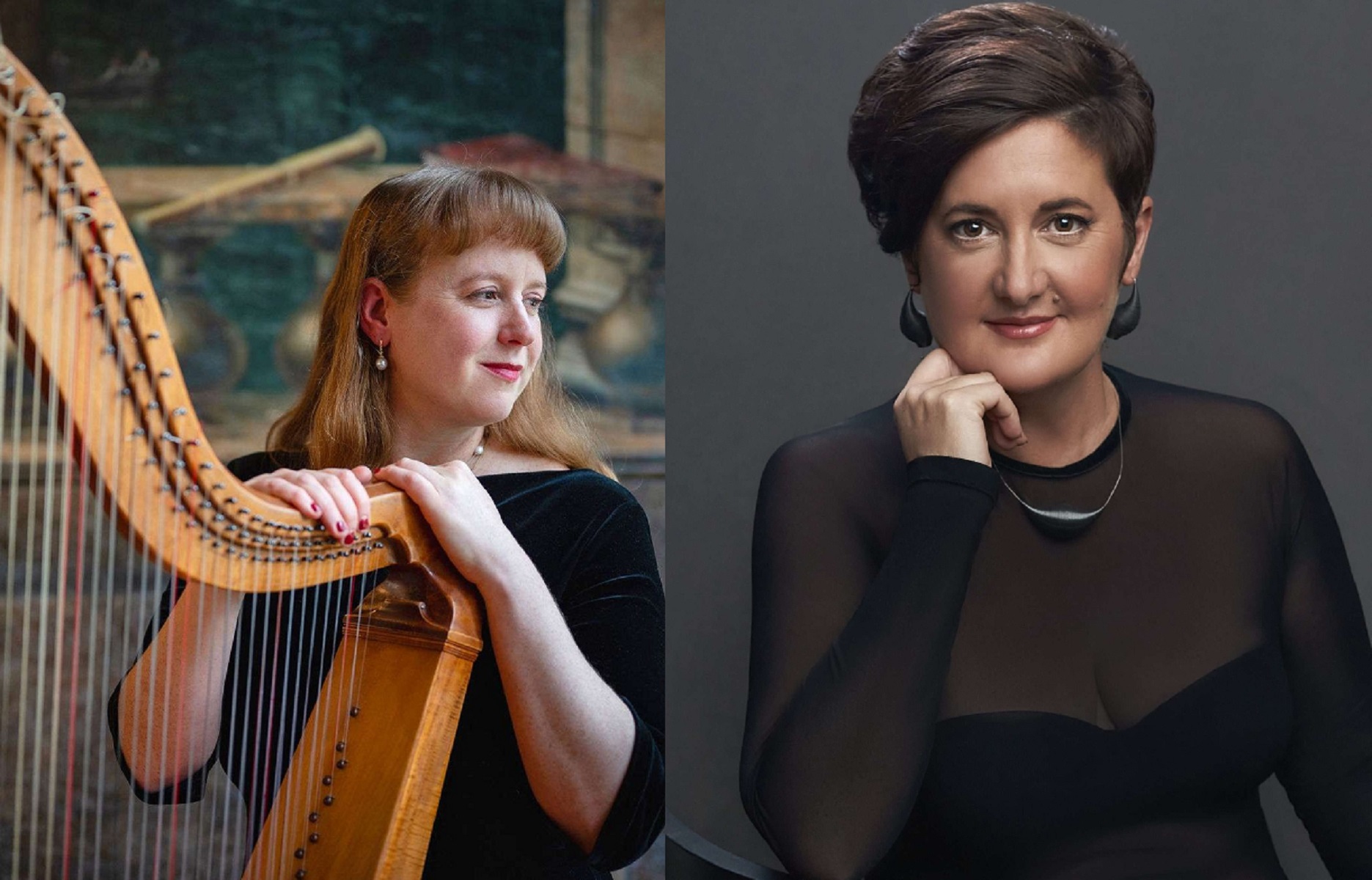
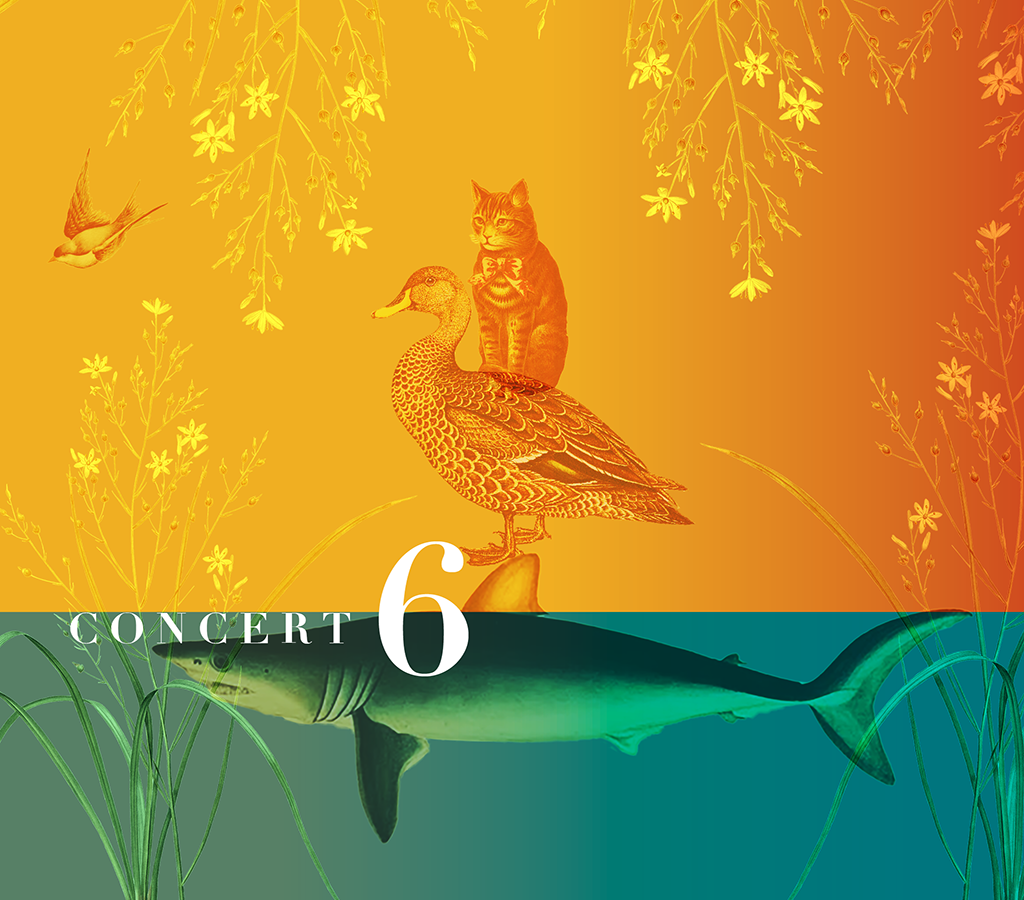

![user222 mrc mostlymozart [splendour of vienna] user222 mrc mostlymozart [splendour of vienna]](https://cdn-classikon.b-cdn.net/wp-content/uploads/2024/02/user222-mrc_mostlymozart_splendour_of_vienna.png)

